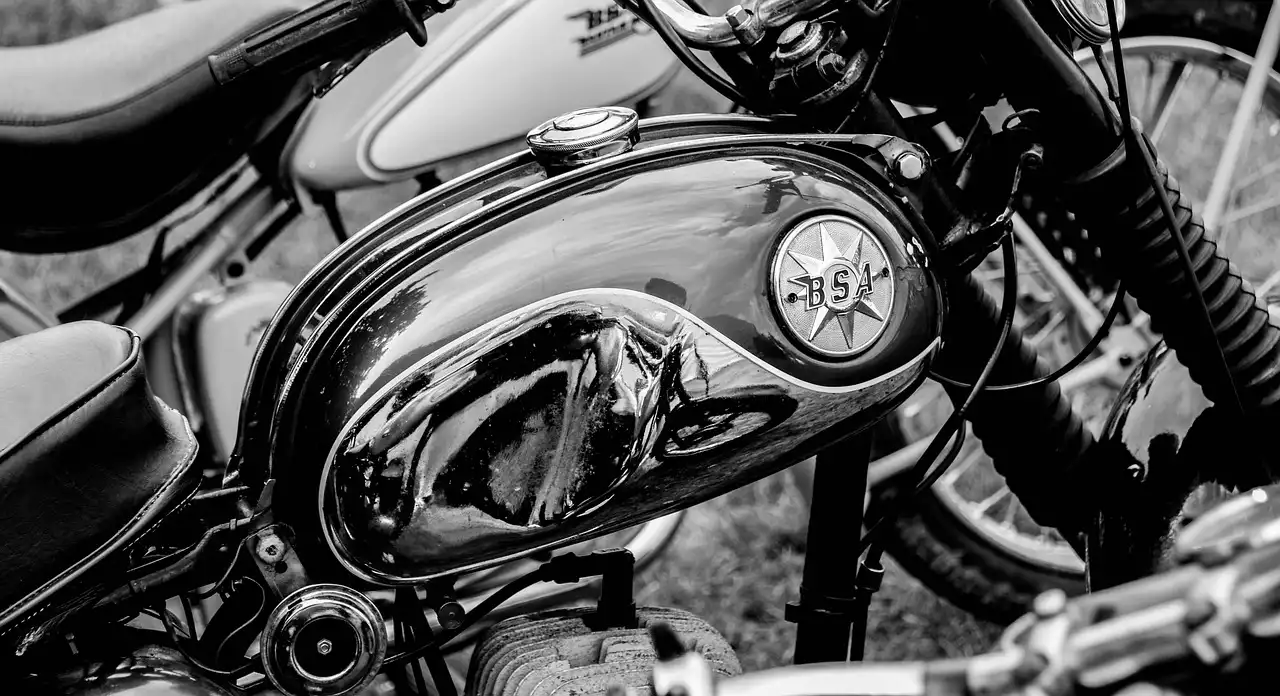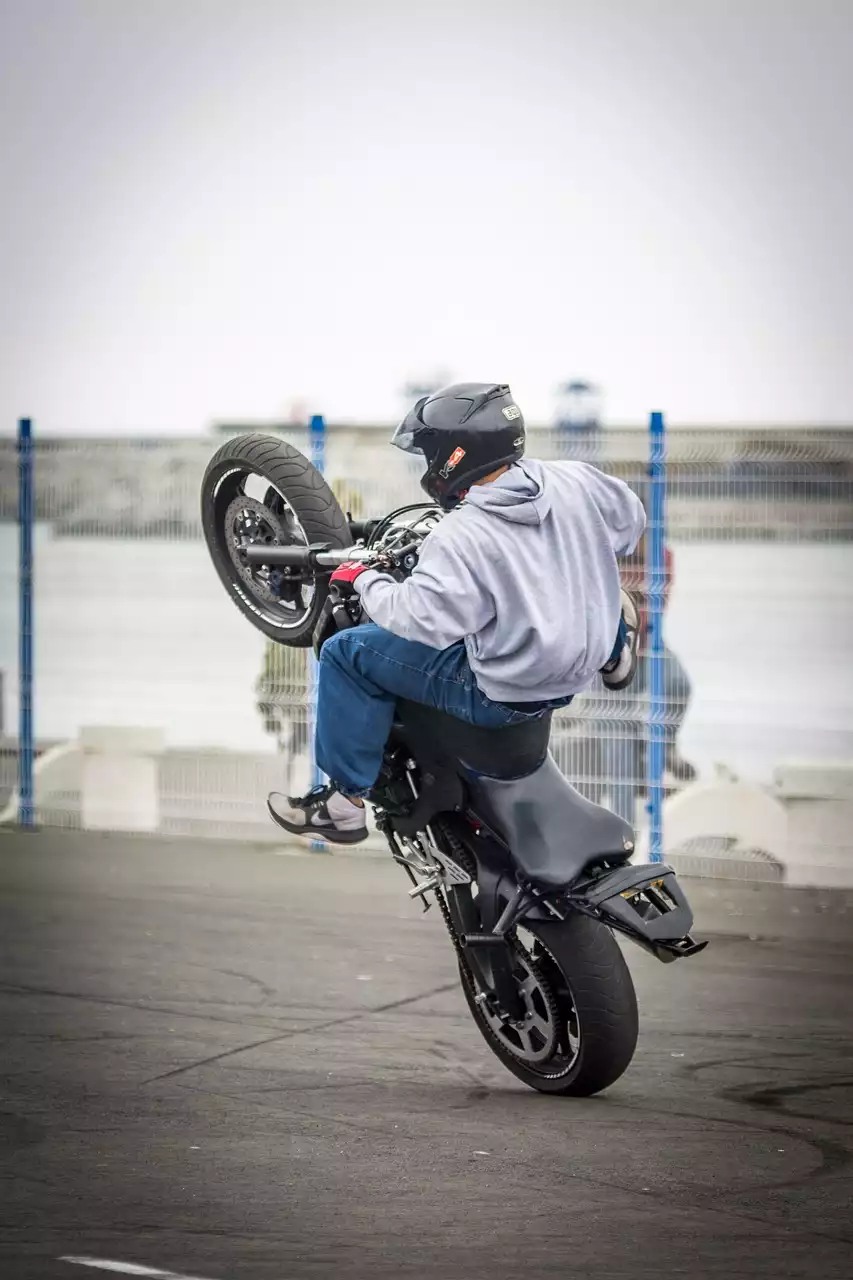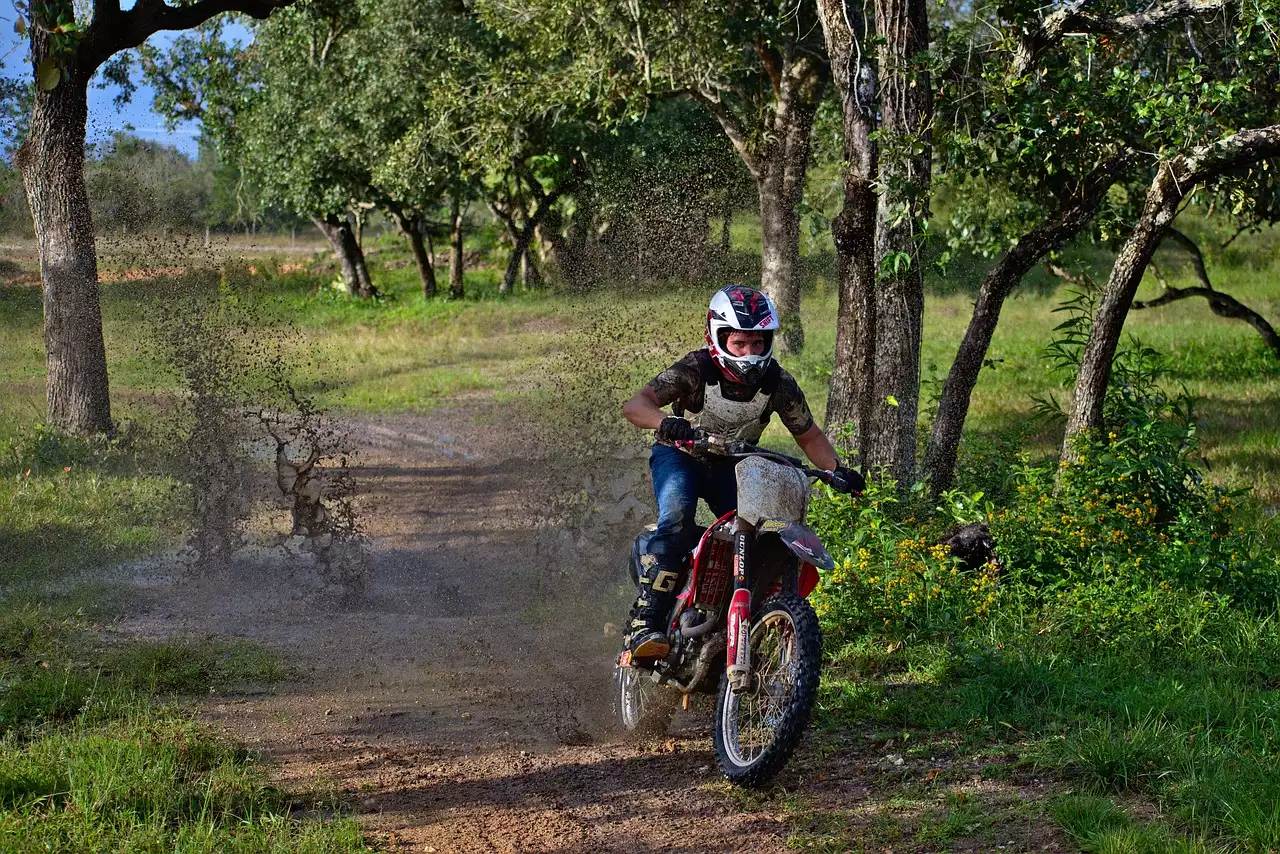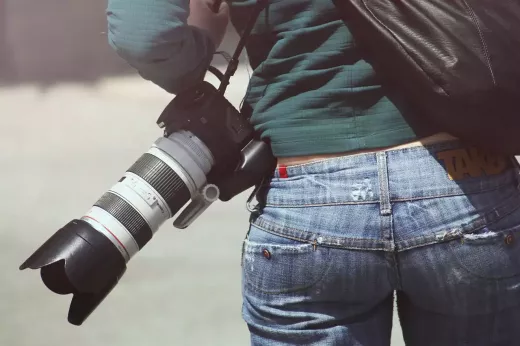Legal requirements for riding a motorcycle
First and foremost, it’s important to understand the legal requirements for operating a motorcycle. These laws vary slightly by state but are generally the same among jurisdictions. First and foremost, the operator of a motorcycle must have a valid license. Full-licence requirements vary by country, but in the United States, a motorcycle license is contingent on the rider’s age. Most states require riders under the age of 21 to hold a “motorcycle learner’s permit” before obtaining a full motorcycle license. Additionally, many jurisdictions require a separate motorcycle licence endorsement. This is similar to how driving a commercial vehicle requires an extra endorsement on a driver’s license.
Understanding the basics of motorcycle handling
The road will always be a dangerous place. That’s why it’s important to understand the basics of motorcycle handling. It’s the best way to protect yourself, your passengers and other road users. Just like a car, a motorcycle is a two-wheeled vehicle. It’s not just a smaller version of a car. The physics of riding a motorcycle are very different from driving a car. When you ride a motorcycle, you have much less vehicle between you and the road. So, there’s less protection if you have an accident. If you ride a motorcycle, it’s crucial to maintain control of the bike at all times. The best way to do this is to ride within your skill level. You should also build your skills and knowledge one step at a time. This will help you avoid accidents. You should also wear proper riding gear at all times. This will protect you in the event of an accident.
How to properly mount and dismount from a motorcycle
The best way to mount and dismount a motorcycle is with two hands. Make sure to put your foot down before attempting to mount the bike. Place your foot on the ground as close to the rear wheel as possible. When you’re ready to dismount, place both feet on the ground and make sure the motorcycle is in neutral. If you’re riding a bike with a kick starter, make sure you’re wearing shoes with grip. If not, your foot could slip and you could get your foot caught in the wheel. When you’re ready to ride, make sure your motorcycle is in first gear. This will help you maintain control of the bike and make it easier to stop. When you’re ready to go, keep your eyes up the road. You should not look down at your feet when mounting a motorcycle. Doing so could cause you to lose your balance and fall.
Putting on and taking off helmets and other riding gear
There are many different types of riding gear. They include everything from gloves to vests, to pants. They’re all designed to protect you in a crash, but they also have other uses. For example, your helmet protects your head in a crash. It also provides shade and keeps your head cool while you’re riding. It’s important to know how to properly put on and take off your riding gear. Putting on all of your gear before you start riding is essential. Taking it off in a safe and timely manner is just as important. For example, when removing your helmet, make sure to unfasten the chin strap first. Next, lift the helmet off your head. Be careful not to pull your hair or grab the helmet too tightly. If you don’t follow these rules, you could injure your head.
Pre-ride checks for your motorcycle
Before you set out on a journey, it’s important to perform a pre-ride check. This is the best way to ensure your motorcycle is in safe condition for the road. It’s also the best way to avoid being pulled over by law enforcement. A pre-ride check is the best way to ensure your motorcycle is roadworthy. It’s important to check the following items before every ride:
- Tires - Make sure the tires are inflated to the correct pressure and have no serious damage.
- Engine oil - Check the oil level and quality. Make sure there are no signs of contamination.
- Controls - Make sure all controls are tight and working correctly.
- Lighting - Make sure all lights are working correctly.
Starting and stopping a motorcycle
The best way to start a motorcycle is to use the kick starter. Once the engine is running, shift into first gear and slowly begin to ride. Make sure to use the clutch properly when shifting and stopping. When you use the clutch, your engine is disengaged from the gear you’re in. This is the best way to slow down or stop safely. It’s important to know the best way to use your clutch. When you’re riding, make sure to gradually release the clutch. If you release it too quickly, you could stall your engine. Stopping a motorcycle is pretty straightforward. Make sure to use your brakes properly and make controlled stops.
Throttle and clutch control
Controlling your throttle and clutch is the best way to ride safely. Try to ride at a speed that’s comfortable for you. Don’t try to keep up with the traffic ahead of you. It’s important to ride at a speed that allows you to react to any situation. It’s also the best way to stay safe. Whenever you’re changing your speed, make sure to do so using both your throttle and clutch. This is the best way to avoid stalling your engine. Make sure to use smooth movements when changing your speed. If you’re shifting too quickly, your engine will stall out. You should also use smooth movements when braking. This is the best way to avoid skidding and losing control of your motorcycle.






.png?size=50)



